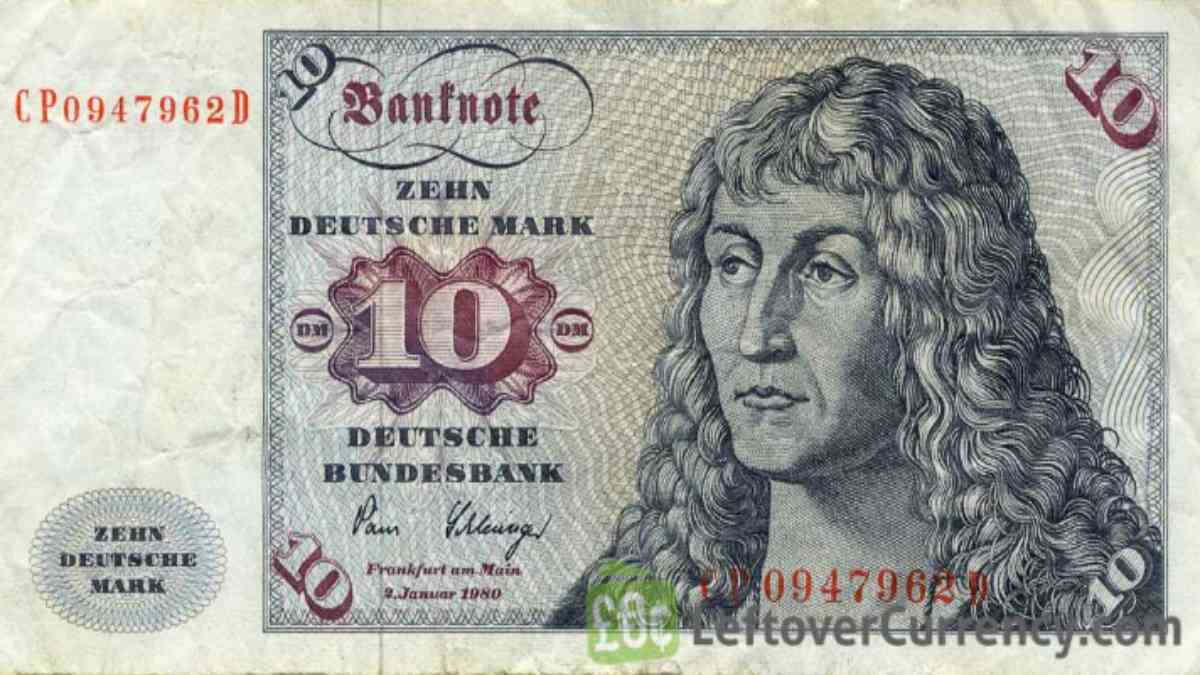Introduction
The German mark to USD exchange rate reflects an important chapter in currency history. Before the euro, the German mark, known as the Deutsche Mark, was a key currency in global finance. Understanding its conversion to the US dollar offers insights into economic shifts, currency markets, and financial policy changes. This guide addresses the evolution, factors affecting the German mark to USD rates, and their significance to economists.
History of the German Mark and Its Role in Global Finance
The Deutsche Mark was introduced in 1948 as West Germany’s official currency. It quickly became a symbol of post-war economic recovery and stability. Throughout the decades, the German mark maintained a strong position against the US dollar, influencing trade and international finance.
Overview of the German mark to USD Exchange Rate
The German mark to USD rate fluctuated due to economic policies, inflation, and geopolitical events. This exchange rate affected imports, exports, and investment flows between Germany and the United States. Economists study these trends to understand currency valuation dynamics.
Key Factors Influencing German mark to USD Rates
1. Economic Performance
Germany’s industrial strength and economic growth supported a robust mark relative to the US dollar.
2. Inflation and Interest Rates
Variations in inflation and central bank policies in both countries impacted exchange rate movements.
3. Political Stability and Events
Reunification of Germany and global political events caused notable shifts in currency values.
4. Trade Balances
Trade surpluses or deficits influenced the demand for German marks and US dollars in international markets.
Transition from German Mark to Euro and Its Effect on Exchange Rates
In 1999, the Deutsche Mark was replaced by the euro. This shift transformed currency exchange practices, linking the German economy to a broader European monetary union. The legacy of the German mark still informs euro to USD exchange studies.
Using Historical Data to Analyze German mark to USD Trends
Economists rely on historical exchange rate data to analyze market behavior, predict trends, and inform policy decisions. Historical fluctuations provide lessons in currency risk and macroeconomic management.
Tools and Resources for Tracking German mark to USD Exchange Rates
Currency Conversion Tools
Online platforms provide historical conversion rates for economists conducting research.
Financial Databases
Economic databases archive past exchange rates alongside economic indicators.
Analytical Software
Software solutions assist in modeling and forecasting currency trends based on German mark data.
Practical Applications for Economists
Understanding German mark to USD exchange rates supports:
-
International trade analysis
-
Historical economic research
-
Currency risk assessment
-
Policy formulation and review
Challenges in Working with Legacy Currency Data
Data Accuracy
Historical records may vary, requiring careful validation.
Inflation Adjustments
Analyses must consider inflation to ensure meaningful comparisons.
Currency Relevance
As a legacy currency, the German mark requires contextual understanding within modern markets.
Future Outlook: Lessons from German mark to USD Exchange for Modern Economies
Studying the German mark to USD exchange offers insights into how currencies respond to economic forces. This knowledge aids economists in forecasting and managing currency volatility in today’s complex financial systems.
Conclusion
The German mark to USD exchange rate represents a vital case study in currency evolution and economic history. Economists gain valuable perspectives on market dynamics by examining these rates. Integrating historical data with modern analysis tools enhances understanding of currency behaviors and informs global financial decisions.
FAQ Section
What was the typical German mark to USD exchange rate before the euro?
Rates varied over time but generally ranged from 1.5 to 2.5 marks per US dollar before the euro transition.
Why did the German mark strengthen against the US dollar during the 1980s?
Germany’s strong economy, low inflation, and political stability contributed to a robust mark.
How can economists access historical German mark to USD data?
Through financial databases, currency conversion tools, and archival economic records.
What impact did German reunification have on the exchange rate?
Reunification caused economic uncertainty, affecting the mark’s value temporarily.
Is the German mark still used for currency conversion today?
No, it was replaced by the euro in 1999, but historical data remains relevant for research.
How does inflation affect historical exchange rate analysis?
Inflation must be adjusted for to compare currency values accurately across time.
What lessons can modern economists learn from studying the German mark?
Insights into currency stability, economic policy impact, and exchange rate behavior.
Can the German mark to USD exchange inform euro to USD trends?
Yes, as Germany’s economic strength influences the euro, past mark trends provide context.
